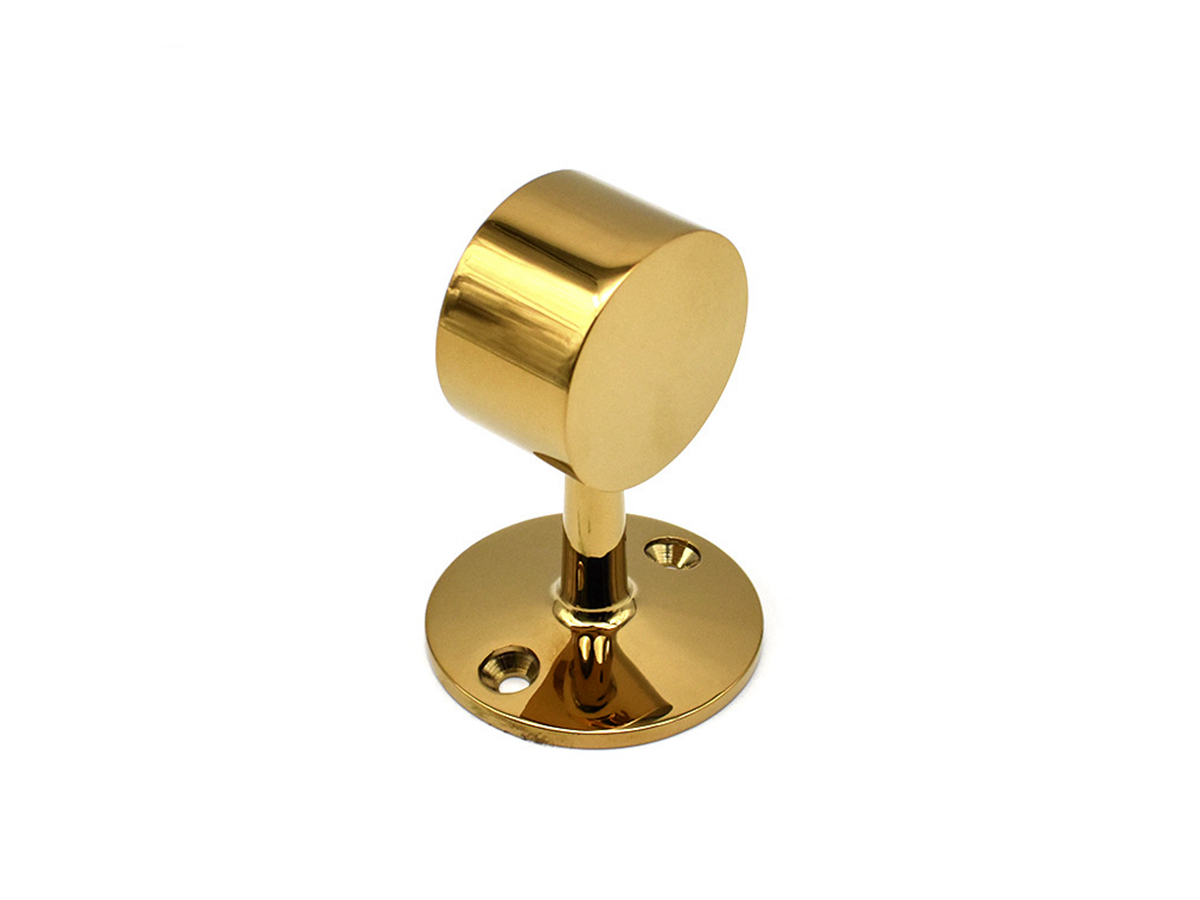Enhancing Device Aesthetics: Zinc (Zamak) Die Casting in Modern Electronics Design
Introduction: Where Precision Meets Elegance
Zinc die casting redefines modern electronics aesthetics through Zamak die casting, enabling intricate designs with ±0.05mm tolerances for seamless integration of form and function. This hot-chamber process supports ultra-slim profiles as thin as 0.3mm, ideal for crafting visually striking yet durable components like smartphone frames and smartwatch bezels.
By utilizing alloys such as Zamak 5, designers achieve mirror-like finishes (Ra 0.8μm) while maintaining structural integrity. Advanced surface treatments like PVD coatings offer 200+ color options, transforming consumer electronics into premium lifestyle accessories.
Precision Crafting for Visual Excellence
Step 1: Design-Driven Mold Engineering CNC-machined H13 steel molds with 0.003mm surface accuracy replicate micro-textures and brand logos, optimized for Zamak alloys to prevent flow marks.
Step 2: Aesthetic-Optimized Casting Molten zinc at 430°C fills nano-scale patterns (≤0.1mm depth) at 40 m/s, preserving sharp edges for luxury device accents.
Step 3: Finishing Artistry Robotic polishing systems achieve Class-A surfaces (±0.01mm uniformity), while laser etching adds customizable serialization.
Material Palette: Alloys for Iconic Designs
Alloy | Aesthetic Properties | Design Applications | Style Advantage |
|---|---|---|---|
Ra 0.8μm natural luster | Budget fitness tracker bands | Cost-effective metallic sheen | |
95% reflectivity post-polishing | Premium laptop hinges | Jewelry-grade mirror finish | |
Stable base for PVD layers | Smartphone camera rings | Zero color shift at 100°C | |
Hypoallergenic smoothness | Wearable medical sensors | Medical-grade tactile appeal |
Expanded Applications:
Wearables: Zamak 5 enables rose gold smartwatch cases with 500+ scratch cycles resistance.
Home Tech: ZA-8 supports matte-black smart speaker grilles with anti-fingerprint coating.
Surface Engineering: Elevating Visual Impact
PVD Coating
Function: PVD coatings enhance wear resistance, enable gradient colors, and improve EMI shielding.
Properties: 1.5μm thickness, 1,800Hv hardness, 95% UV resistance
Considerations: Requires 0.5mm minimum radius for even deposition
Applications: Gradient smartphone frames, luxury tablet backs
Brushed Finishes
Function: Brushed finishes create directional textures while hiding micro-scratches.
Properties: Ra 0.4-1.6μm, 50% reduced glare
Considerations: Grain direction must align with product ergonomics
Applications: High-end audio equipment panels
Electropolishing
Function: Electropolishing removes micro-defects and boosts RF signal stability.
Properties: Ra 0.1μm finish, 90% light reflectivity
Considerations: Requires copper-nickel undercoating for zinc substrates
Applications: Camera module decorative rings
Teflon Coating
Function: Teflon coating reduces fingerprint retention and bacterial adhesion.
Properties: 0.04 friction coefficient, FDA/EU 10/2011 compliant
Considerations: Limited to <260°C operating temperatures
Applications: Smartphone mid-frames, touchpad surfaces
Powder Coating
Function: Powder coating provides chip-resistant layers with matte/gloss customization.
Properties: 50-150μm thickness, 5x durability vs liquid paint
Considerations: Requires chromating pretreatment for zinc alloys
Applications: Wearable device chassis, smart home controllers
Competitive Edge: Aesthetic vs Functional Processes
Process | Min Detail Size | Color Options | Texture Depth | Best For |
|---|---|---|---|---|
Zinc Die Casting | 0.15mm | 200+ via PVD | 0.1mm | Luxury electronics |
Plastic IMD | 0.3mm | 50 (printed) | Flat | Mass-market gadgets |
CNC Machining | 0.5mm | Anodizing only | 0.05mm | Prototypes |
Production Excellence: Solving Aesthetic Challenges
Challenge | Technical Solution |
|---|---|
Color Inconsistency | Closed-loop PVD chamber control maintains ±2% color delta |
Micro-Texture Loss | Vacuum casting at 0.5bar preserves 0.05mm patterns |
Fingerprint Retention | Teflon coating reduces oil adhesion by 90% |
Industry Applications: Design Revolution
Consumer Electronics: Slim smartphone mid-frames, tactile smartwatch crowns, RGB-lit gaming controller triggers
Smart Home Devices: Brushed-aluminum-effect smart displays, ceramic-like thermostat knobs, translucent speaker meshes
Case Studies:
FAQs
How thin can Zamak alloys be cast while maintaining surface gloss?
What PVD colors are most durable for high-use electronics?
Can die casting replicate leather-like textures?
How does Zamak compare to aluminum for anodized finishes?
What design file formats are needed for micro-pattern tooling?

